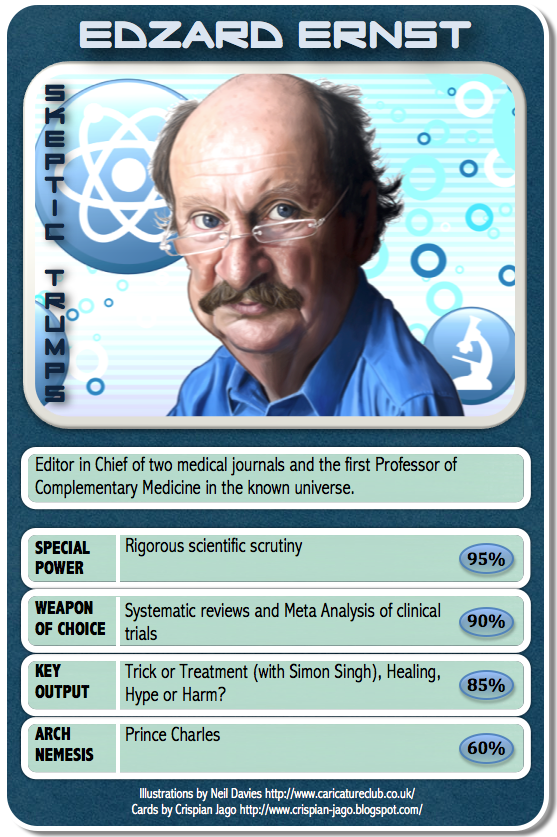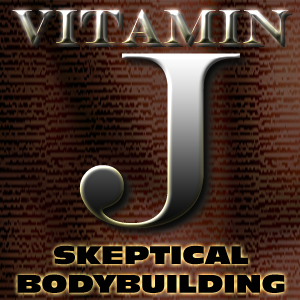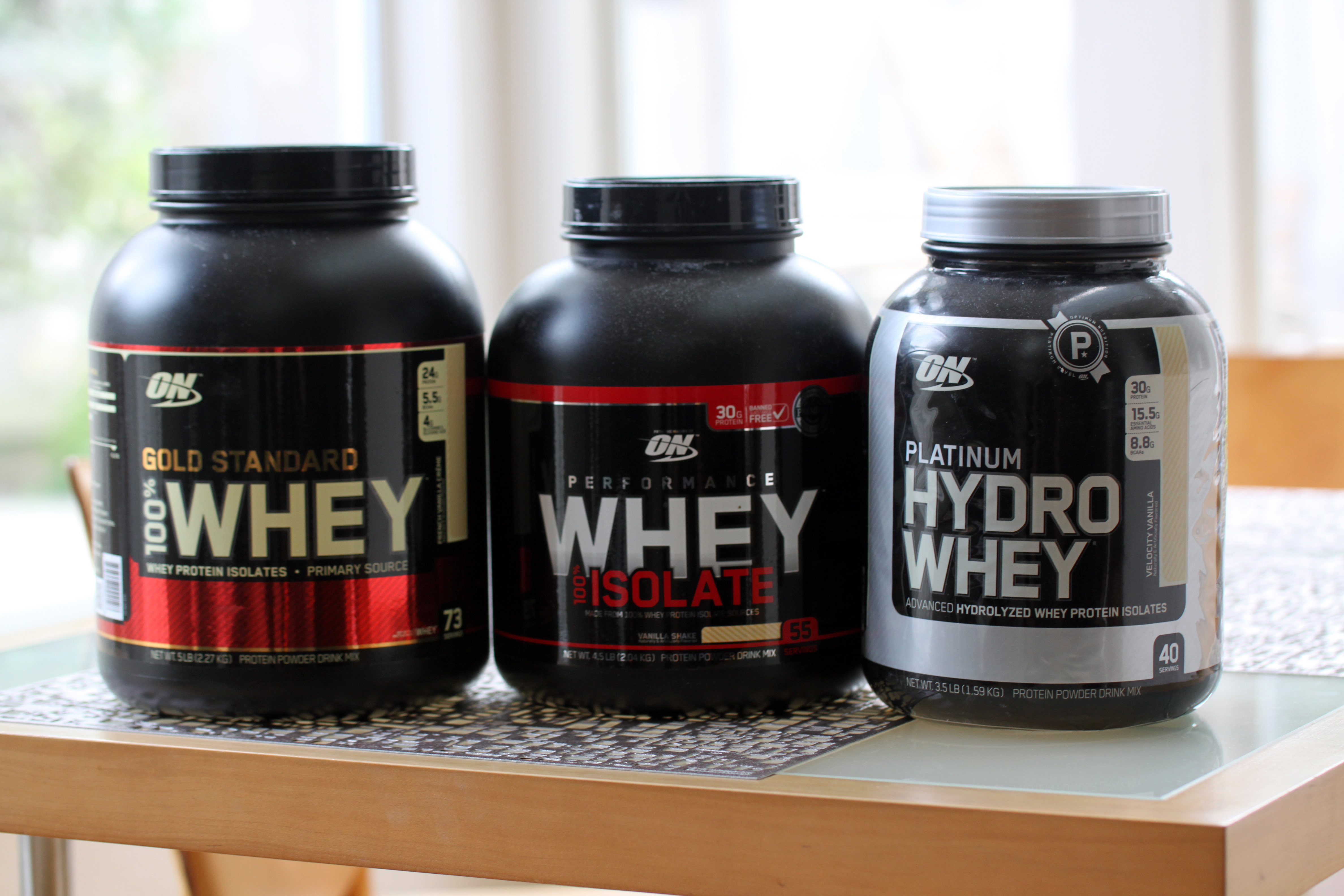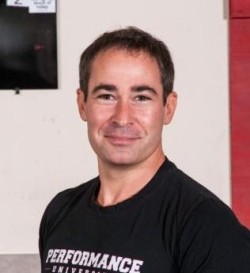Colonic irrigation is the alternative therapy of celebrities (and those who like to imitate them): they tend to use it for all sorts of ailments, predominantly for loosing weight.
Category Skepticism
The UK ‘Society of Homeopaths’ (SoH) is the largest professional organisation of UK non-doctor, so-called lay-homeopaths. On their website, the SoH made very specific claims about homeopathy; in particular, they listed conditions for which homeopathy had allegedly been proven to be effective. These claims have now thoroughly been debunked, and the evidence the SoH produced in support of their claims has been shown to be misleading, cherry-picked or misinterpreted.
I know, I know… the title of this blog sounds like an Orwellian plot device or the usual self-help platitudes that drives skeptics insane. Hold tight while I explain…
In my last post and several others before, I have stated that consumers are incessantly being mislead about the value of alternative medicine. This statement requires evidence, and I intend to provide it – not just in one post but in a series of posts following in fast succession.
Protein powder varies widely in price, is often mixed with other additives including creatine, caffeine, flavoring, various carbohydrates, extracts, essences, or magic potions in super-secret-proprietary proportions. They are almost always accompanied by extraordinary claims like “Improved flavor!” (which means it tastes terrible but formerly tasted worse), “Build Muscle FAST!” (Disclaimer: intense exercise not included), “Get Ripped QUICK!” (Disclaimer: intense exercise not included AND don’t expect to eat anything else).
I identified three areas for attention to inform and raise awareness about popular pseudo-scientific practices accepted in nursing practice. The regulatory environment, clinical practice, and professional organizations all contribute to the acceptance of nursing interventions not firmly based in evidence.
Deepities not only allow leaders to slip away from criticism; they also allow them to attract more followers. In that, we gravitate towards people (leaders) who seem to have access to secrets and great insights; these leaders seem to have things figured out, and we want to figure those things out to. And, when we can’t seem to pinpoint a clear definition of what they’re saying, we feel that this person holds truths that are beyond our comprehension, and we follow them around hoping some of their mojo will eventually rub off on us. (This is one of the ways “gurus” are made.)
Pyruvate, a ketone and an alpha-keto acid, occurs naturally in the body when glucose is converted into energy. It is part of the Krebs cycle, the complex chain of reactions in which nutrients are metabolised to provide energy. High doses of pyruvate seem to stimulate the breakdown of fat in the body. It is therefore not surprising that pyruvate is used in all sorts of slimming aids; and if the advertising for ‘fat burners’ is to be believed, pyruvate is just the ticket for the desperate slimmer.
How much can you leg press? Those of you who frequent the gym can answer this without pause, but those who don’t generally answer “I don’t have a clue”. But that’s just wrong – you have a pretty good idea. If you are able to get out of bed in the morning, you can leg-press your body weight. That was my starting point when first attempting weight training. A healthy adult should at least be able to leg press their own weight.
Reflexology is one of the most popular of all alternative therapies… The treatment might be enjoyable but the assumptions that underpin it are nonsensical for at least two reasons: firstly, there are no nerve or other connections between a specific area on the sole of a foot and a certain organ. Secondly, the maps which reflexologists employ differ and fail to agree which area corresponds to which organ. Thus there are inconsistencies within the realm of reflexology and there are inconsistencies in relation to the known facts regarding physiology, anatomy etc.






